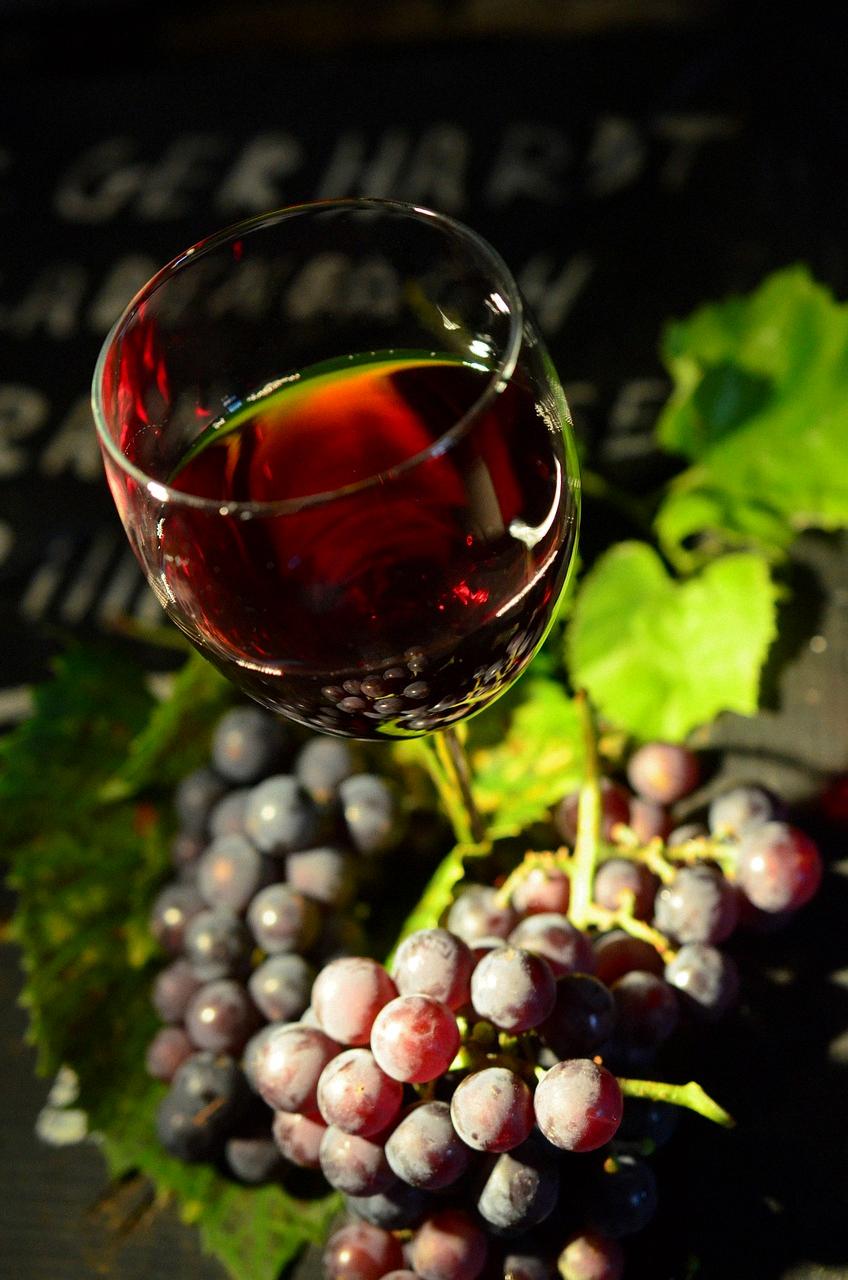When it comes to the world of wine, there’s often a delightful mix of mystery, history, and debate. One question that has popped up among wine enthusiasts is whether Cannonau wine is the same as Grenache. Let’s delve into this intriguing topic and explore the fascinating world of these two red wines.
Origins and Regions
First, let’s take a journey to the beautiful island of Sardinia, located off the west coast of Italy. It is here that Cannonau wine finds its roots. Sardinia has a long history of winemaking, and Cannonau is its flagship red wine. The warm Mediterranean climate and unique terroir contribute to the distinct flavors and characteristics found in the wines produced on the island.
Grenache, on the other hand, has its origins in Spain, specifically in the northeastern region of Catalonia. This versatile grape has found a new home in various wine regions around the world, such as France’s Rhône Valley, Australia, the United States, and even in Sardinia itself. Grenache is known for its ability to adapt to different climates and produce wines with varying styles.
The Grape Debate
Now, let’s address the crux of the matter: Is Cannonau the same as Grenache? The answer is a resounding yes! While there might be some debate among Sardinians about the true nature and origin of Cannonau, the wider wine community largely agrees that Cannonau and Grenache are indeed the same grape variety.
Both Cannonau and Grenache belong to the Vitis vinifera species, the common grape vine that encompasses countless grape varieties. They share many similar characteristics, such as medium to full body, moderate acidity, and ripe fruit flavors. However, it’s worth noting that the nuances of terroir and winemaking techniques can lead to subtle differences in the resulting wines.
Distinctive Tastes
While Cannonau and Grenache share a common genetic heritage, the wines they produce can have unique personalities. Cannonau wines from Sardinia often possess a rustic charm, characterized by robust tannins, earthy undertones, and a delightful richness. These wines can age gracefully, uncovering layers of complexity over time.
Grenache wines, on the other hand, tend to showcase brighter fruit profiles, ranging from red berries to dark cherries. They can exhibit a floral character, with hints of spice and a supple mouthfeel. The versatility of Grenache allows winemakers to craft a wide array of styles, from elegant and restrained to bold and powerful.
Food Pairings and Recommendations
Now that we’ve explored the similarities and differences between Cannonau and Grenache, let’s talk about food pairings and recommendations. Both wines pair excellently with a range of Mediterranean-inspired dishes, including grilled meats, hearty stews, and aged cheeses. Their bold flavors can stand up to robust flavors, creating harmonious pairings.
If you’re seeking to explore the world of Cannonau, I highly recommend trying a bottle from Sardinia, the home of this remarkable wine. Look for a bottle labeled with the DOCG (Denominazione di Origine Controllata e Garantita) designation, which signifies the highest quality and authenticity.
For an introduction to Grenache, consider exploring wines from the Rhône Valley in France or regions in Spain, such as Priorat or Navarra. These wines offer a glimpse into the versatility and charm of this grape variety.

The Verdict
While the name “Cannonau” and “Grenache” may sound different, they are indeed the same grape variety. The debate over the name and its origins might continue, but the wine world largely agrees that Cannonau and Grenache are interchangeable. So, the next time you come across a bottle of Cannonau or a Grenache-based wine, savor the experience and explore the unique expressions of this captivating grape.
